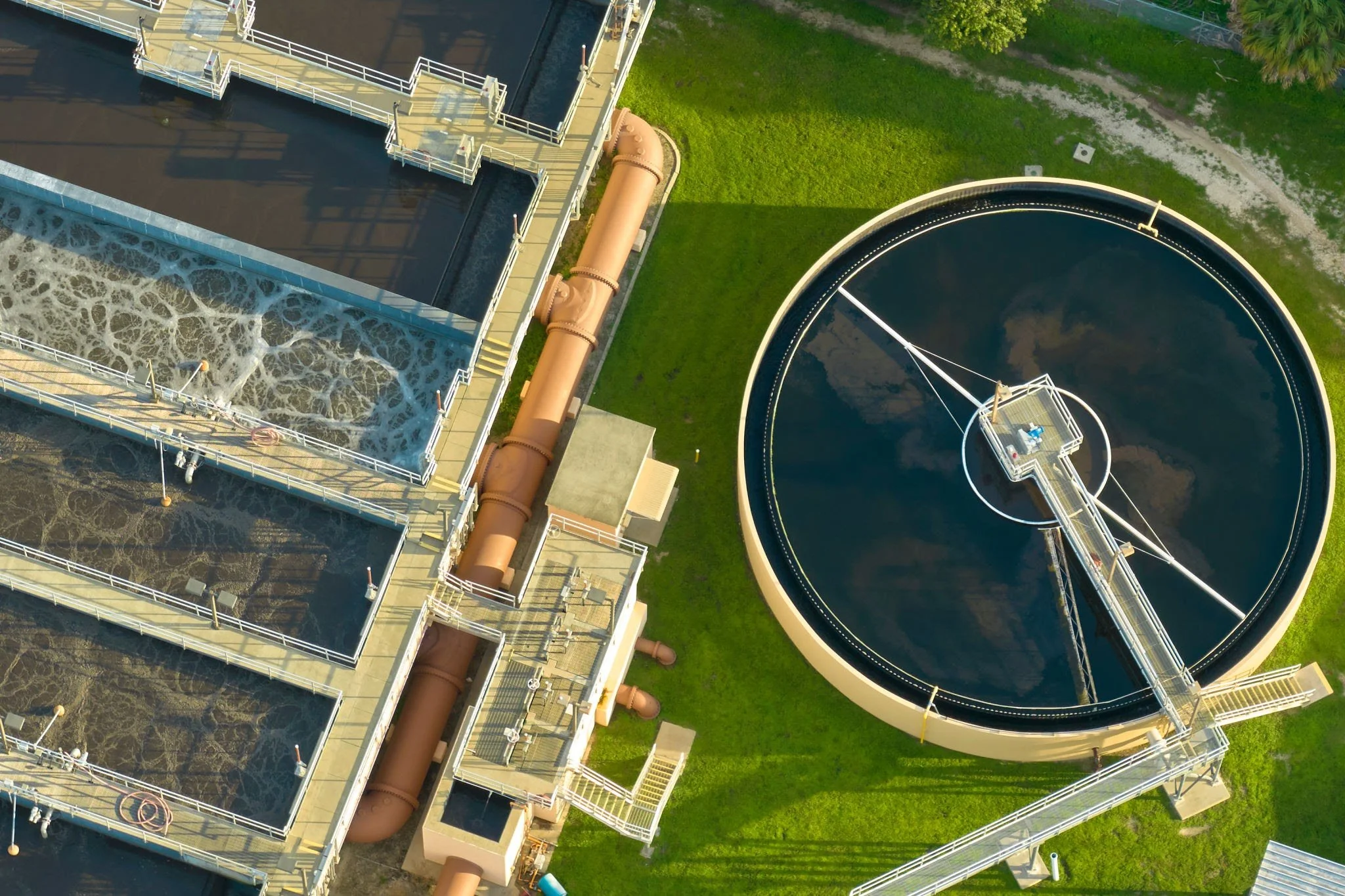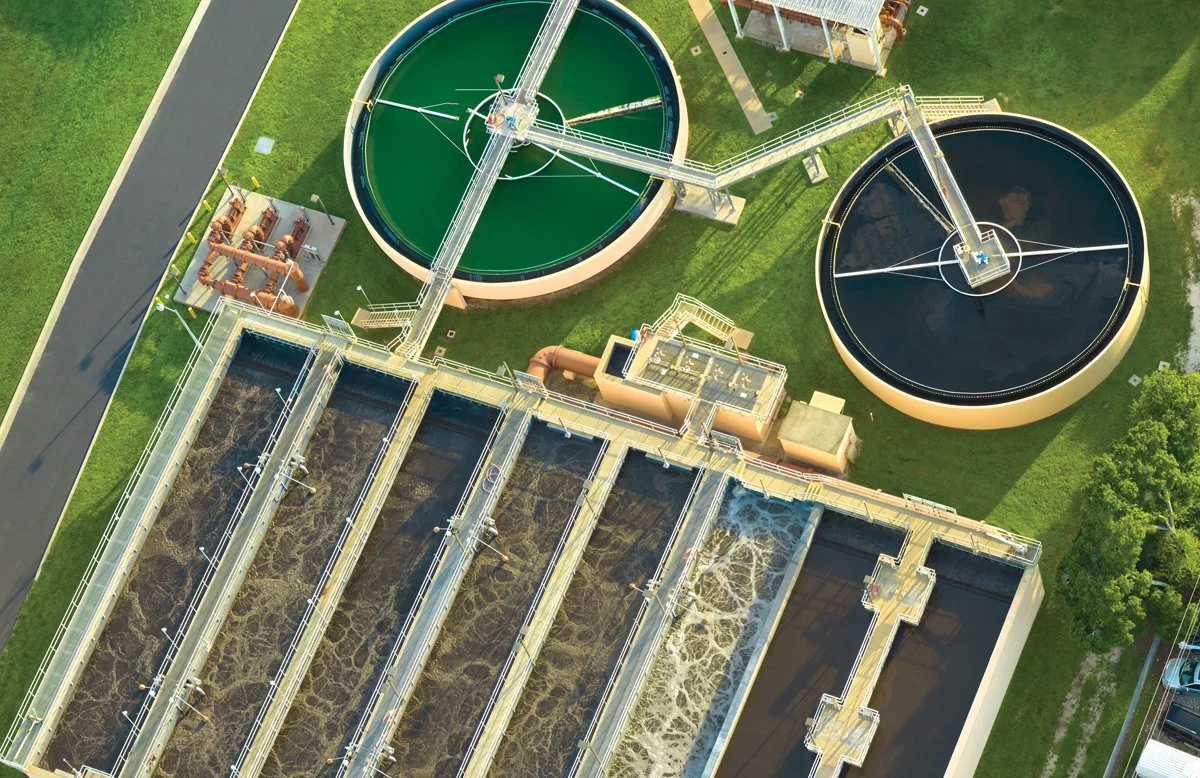
Start Your Career in Water Operations.
Mission Statement
As a Grade 3 Wastewater Operator, I've seen firsthand the challenges people face when starting a career in the water industry. Many professionals discover their calling later in life, and it can be difficult to figure out the right path from scratch. That's why I'm launching this website and consulting business—to help aspiring water operators, particularly those in California and at the entry-level (OIT, Grade 1, and Grade 2), find their footing.
While I may not be an expert in every aspect of the field, I have a wealth of practical knowledge and experience. I’ve personally guided people in my own network to successfully pass their Grade 1 and 2 exams and establish a clear career path. My goal is to provide an affordable and accessible resource for anyone interested in the water field who doesn't know where to begin.
My services will assist you with everything from understanding the water treatment process and preparing for exams to navigating continuing education units (CEUs) and answering common interview questions. This is also a community where we can learn and grow together. I hope to create a space where higher-level operators can share their insights, and we can all help lift each other up.
What Is an Operator?
Wastewater:
A wastewater operator is a professional responsible for the safe and effective operation of a wastewater treatment plant. They ensure that all processes run smoothly to treat domestic waste and produce reclaimed water.
Job Responsibilities
The job duties of a wastewater operator are typically split between field work and administrative tasks, though this can vary based on the plant's size and daily needs.
Field Work
Physical Operations: Operators perform hands-on tasks like moving pumps and large hoses (4-10 inches), and using heavy equipment such as loaders and forklifts.
Equipment Monitoring: They check machinery for mechanical integrity, inspect chemical tank inventory, and run dewatering equipment to process solids.
Sample Collection & Lab Analysis: A significant part of the job involves laboratory work. Operators conduct various tests, including:
Mixed Liquor Settleability Test: This measures the biological performance of the treatment process by observing how well solids settle, compact, and float.
Chemical Analysis: They run tests for ammonia, nitrates, and solids on dewatered "cake" (the final solid product).
pH Monitoring: They monitor the pH level (0-14) of the water or solutions to ensure it's within the correct range for treatment.
Administrative Work
SCADA System Management: Operators use a SCADA (Supervisory Control and Data Acquisition) system. This is a computer interface that allows them to remotely control plant operations, such as adjusting flow rates, setting wasting rates, and managing chemical dosages.
Data Entry and Reporting: They input operational data, including pump hours and gallons of waste.
Maintenance Coordination: Operators create work orders for equipment that requires attention or repair.
Calculations: They apply water math to perform various calculations related to plant performance.
What's The Path:
The fastest way to gain experience is to volunteer with a local entity while taking classes and preparing for your certification exams. You should also apply for all entry-level positions. We'll explore these and other options further on the wastewater page.
My Thoughts:
I've found that I really enjoy working at wastewater treatment plants that are rated below 20 MGD. At these facilities, you get to be more hands-on and operate a wider range of the plant's systems, unlike at larger plants where you're often assigned to just one specific area. It's been a fantastic and steady career for me. The pay and benefits are great, the work is rewarding, and the work-life balance is very good. I would definitely recommend this career path.
Water Treatment:
In this field, you will be treating water to make it suitable for drinking. The raw water typically comes from a surface source, such as a river or lake, or it can be sourced from groundwater. This water is then treated to meet drinking water standards, making it potable.
These facilities are usually very clean. Operators use a SCADA (Supervisory Control and Data Acquisition) system to manage key processes, including:
Operating chemical dosing systems
Adjusting water flows
Monitoring tank levels
Controlling system pressure
Whats The Path:
If you want to enter the water treatment field as quickly as possible, you have two primary educational pathways: a course from the California State University, Sacramento Office of Water Programs (OWP) or a college course, such as those offered by Mt. San Jacinto College (MSJC).
Key Differences in Approach
CSU Sacramento OWP: This route is often the fastest way to obtain the educational proof needed to apply for the state certification exam. Their courses are designed specifically for working professionals and those seeking certification, focusing directly on the knowledge required for the exams. The format is typically self-paced or online, which allows you to move through the material quickly.
College Course (e.g., MSJC): A college program, like the Water Technology program at MSJC, provides a more traditional educational experience. You will have a live instructor available to answer questions and offer guidance. This format may take longer, as it is tied to a semester or quarter schedule, but the direct access to a professor can be invaluable for understanding complex topics.
Recommended Strategy
To expedite your entry into the field, you should take a multi-pronged approach:
Choose a Course: Select either the accelerated online OWP course or a college course to meet the educational requirements for the certification exam.
Volunteer and Apply: Simultaneously, volunteer with a local entity or apply for any and all entry-level positions. This provides crucial hands-on experience, which is often a requirement for certification and a significant advantage in job applications.
Take the Exam: Once you have the required educational credit, apply for and pass the state certification exam.
I'll be available to answer any questions you may have as you navigate this process.
This is a frequently asked question?
A career in water treatment is a great choice, but it does come with the significant responsibility of ensuring the public has a safe drinking water supply.
While this responsibility may be intimidating, it's worth noting that there is a high demand for water treatment operators. Typically, a single drinking water plant serves a city, though this is not always the case. For example, the City of Anaheim manages its own drinking water plant, while its wastewater is handled by the Orange County Sanitation District (OCSD). In contrast, agencies like Eastern Municipal Water District (EMWD) may manage both drinking water and wastewater services for the same city.
One important thing to be aware of: some private companies that hire operators do not count the on-the-job hours toward the experience required for state certification. You should always verify this with the company and the certifying board to ensure your time and effort contribute to your professional goals.
Water Distribution:
The utility of a water distribution license varies significantly depending on the specific employer and position. While it's most commonly required for two distinct career paths, many roles combine both functions.
Career Paths Requiring a Distribution License
Water Treatment Operator: While this role focuses on the treatment plant itself, most treatment positions also require a distribution license. This is because operators often manage aspects of the water system that fall under distribution, such as controlling flows from the plant into the distribution network and monitoring system pressure.
Water Construction/Maintenance Crew: This position is heavily focused on field work. A distribution license is essential for this role, as it involves the hands-on construction, repair, and maintenance of the water distribution system, including pipes, valves, hydrants, and service lines.
Important Advice
While there are some positions specifically for water distribution, most employers prefer candidates who hold both a water treatment (T) and a water distribution (D) license. This makes you a more versatile and valuable asset, capable of working in both the plant and the field. If you are pursuing a career in water treatment, it is highly recommended that you earn your distribution license at the same time.What's the Path:
Follow the same steps as the treatment again water distribution and treatment don't require on the job experience to obtain a certificate
This is a frequently asked question?
Based on your personal preferences, a career as a water treatment operator may be more appealing than a position on a water construction crew. A treatment role typically involves less physical labor, which can help save your body from long-term wear and tear.
If you decide to pursue a treatment operator career, it is highly recommended that you earn your water distribution license at the same time. Obtaining both licenses concurrently is significantly easier and more efficient than trying to go back for one later.
It is worth noting that water construction and maintenance crew positions are almost always available. Every public entity—whether a state, county, city, or special district—needs these crews to maintain their infrastructure. However, a key point of caution is that hours worked for some private companies may not count toward the experience required for state certification. You should always verify this with your employer and the certifying agency to ensure your on-the-job experience helps you meet certification requirements.
How To Get Started:
The fastest way to enter this field is through a combination of volunteering and relevant coursework.
Personally, my path to a license involved volunteering for the Eastern Municipal Water District (EMWD) for 2,080 hours after graduating from high school. At the time, this was the on-the-job hour requirement to obtain a license; it is now 1,800 hours. Concurrently, I also completed the Water Technology certificate course at Mt. San Jacinto College (MSJC).
Advice for High School Seniors:
Navigating career options after high school can be daunting, especially with the high cost of a traditional four-year college and the debt that often comes with it. While a university path works for some, it's not the only way to build a successful and stable career.
An alternative is to enter a skilled trade like water treatment. This path allows you to bypass general education requirements, saving you both time and money. For example, by combining a water technology certificate course with a volunteer Operator-in-Training (OIT) position, you can gain the required experience and education for a license.
The financial commitment for this route is significantly lower. The cost for a certificate course and related expenses (like gas) can be a fraction of traditional college tuition. In return, you can enter a career with excellent benefits, including a state-backed retirement plan, medical and dental insurance, and options for a personal 401(k).
While 1,800 hours of volunteer work may seem like a lot, many volunteer OITs are hired into paid positions well before they reach this milestone. This career path offers not only job security but also a starting hourly wage that grows consistently over time, making it a highly rewarding choice.
Guidance for Adults Changing Careers:
Making a career change can be a significant challenge, but entering the water treatment field is a great option. To expedite the process, you should strongly consider volunteering at a local plant.
Volunteering is Key: Most plants are flexible with schedules and understand the commitments of working adults. They benefit from the free labor, and you get invaluable on-the-job experience. Aim to volunteer at least one day per week to gain hands-on knowledge and demonstrate your commitment.
Educational Paths:
Mt. San Jacinto College (MSJC): This is an excellent choice if you can attend in-person classes, as it offers direct access to instructors and a more traditional learning environment.
California State University, Sacramento Office of Water Programs (OWP): For a working adult, this is often the most practical and efficient route. Their programs are specifically designed for distance learning, allowing you to complete coursework on your own schedule while balancing your current job.
Contact Me
I will get back to you as soon as possible.
